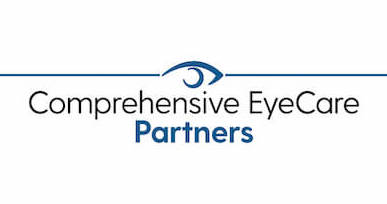
Did you know that while an estimated four million Americans have glaucoma, only half of those people are aware that they have it? This is largely because the most common type of glaucoma develops very slowly and its effects can take years to permanently impair vision.
Glaucoma is one of the leading causes of blindness in America, which is why January has been designated as Glaucoma Awareness Month. This designation encourages Americans to learn more about glaucoma, how it is detected, its major risk factors, and steps to take to reduce vision impairment from glaucoma.
Keep reading to learn more about glaucoma, including tips on how you can lower your risk!
What is Glaucoma?
Glaucoma is an eye condition that occurs when fluid in the eye, the aqueous humor, does not drain properly, leading to a build-up of intraocular pressure. As pressure in the eye increases, it causes permanent damage to the optic nerve, the structure within the eye that carries visual information from the retina to the brain.
While there are multiple types of glaucoma, the vast majority of people with glaucoma are diagnosed with open-angle glaucoma. This type of glaucoma is often asymptomatic in its earliest stages, but eventually causes symptoms like loss of side or peripheral vision, tunnel vision, blurry vision, and halos and glare around lights.
There is no cure for glaucoma at this time. Available treatments aim to decrease intraocular pressure and prevent further vision impairment and loss.
How is Glaucoma Detected?
The condition can often be detected during a routine eye exam. An eye doctor may suspect glaucoma after measuring eye pressure and closely examining the structures within the eye.
The test for eye pressure during an eye exam is called tonometry. During this painless test, a special instrument calculates intraocular pressure based on the cornea’s resistance.
The effects of glaucoma can also damage other structures within the eye. An eye doctor will perform a dilated eye exam to get a closer look at the retina, optic nerve, and optic blood vessels.
If your eye doctor suspects that you may have glaucoma, they may also perform additional testing like optic nerve imaging or a visual field test. These tests can confirm the condition or determine how advanced the condition is.
What are the Major Risk Factors for Glaucoma?
While anyone can develop glaucoma, certain people are at a higher risk for the condition. The major risk factors for glaucoma are:
- Age: Glaucoma is most often diagnosed in people over 40.
- Family History: A person is more likely to develop glaucoma if a parent or a sibling also has the condition.
- Ethnicity: Glaucoma seems to occur more frequently in individuals of African-American and Asian descent.
- Chronic Health Conditions: Certain chronic health conditions, like diabetes and high blood pressure, can increase the risk of developing glaucoma.
How Can You Reduce Your Risk of Glaucoma?
While glaucoma cannot be prevented, there are steps you can take to reduce your risk of glaucoma. The most important step is having an annual comprehensive eye exam, which includes glaucoma screening.
Other steps that might reduce your risk of glaucoma include:
- Maintaining a healthy lifestyle with regular exercise and a balanced diet
- Not smoking, or quitting smoking
- Managing chronic health conditions
- Wearing protective eyewear that blocks 100% of UV light
This January, let Glaucoma Awareness Month be your opportunity to learn more about glaucoma and its effects on clear vision. Awareness of how glaucoma develops, how it is diagnosed, and what steps you can take to reduce your risk of developing the condition can increase your confidence in the long-term health and clarity of your vision.
Is it time for you to have a comprehensive eye exam and be screened for glaucoma? Schedule an appointment at Shepherd Eye Center at one of our five locations in Las Vegas or Henderson, NV, today!


